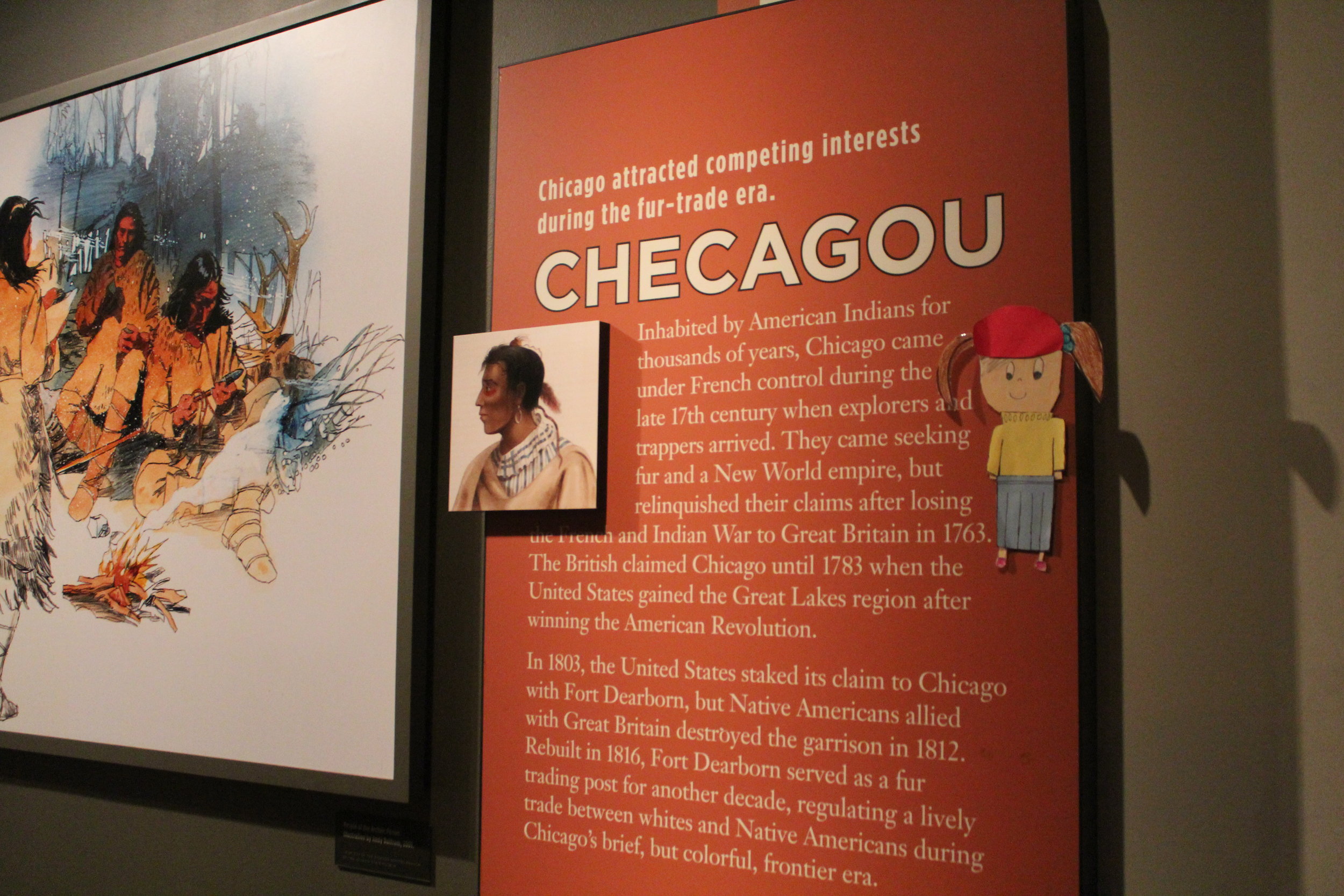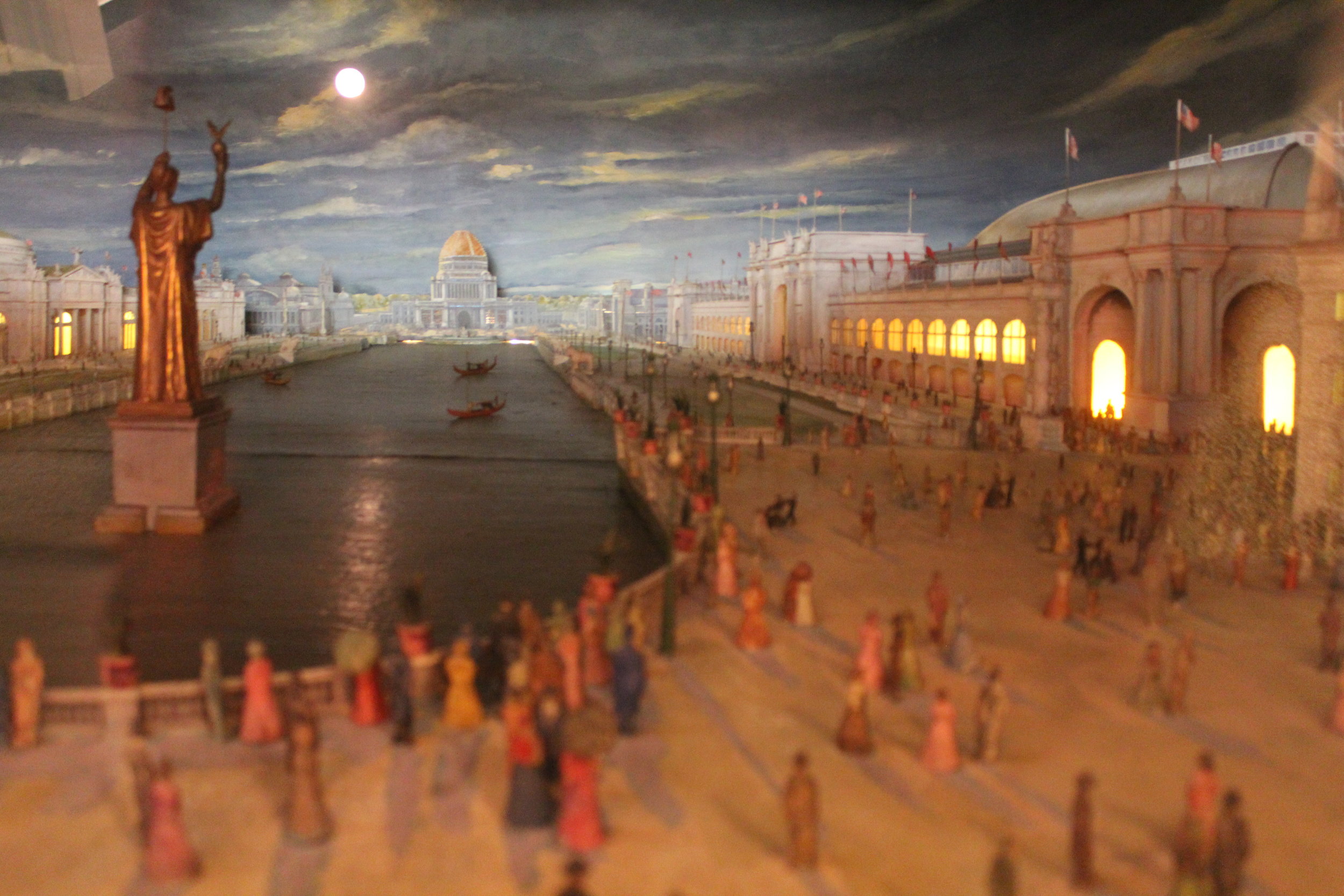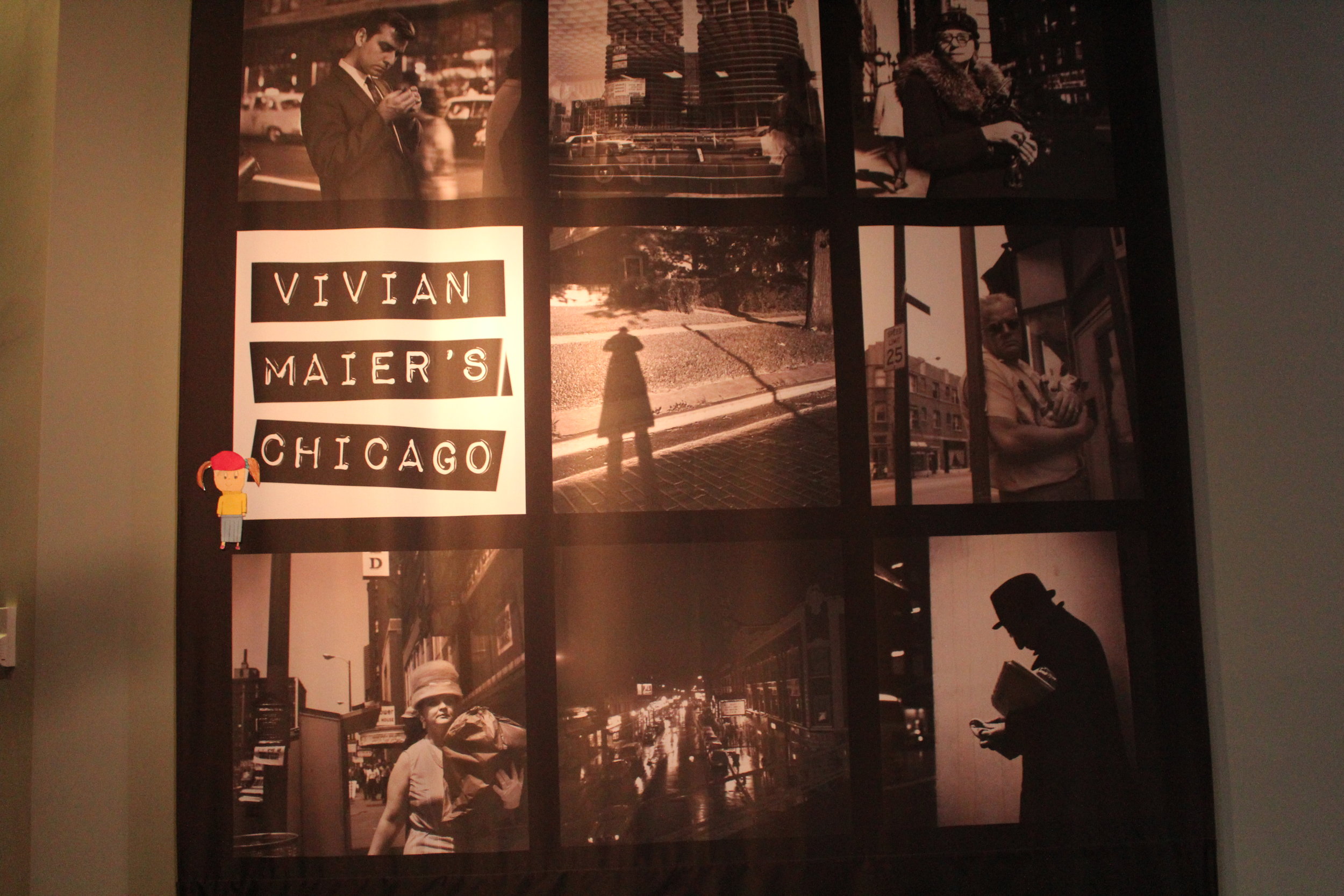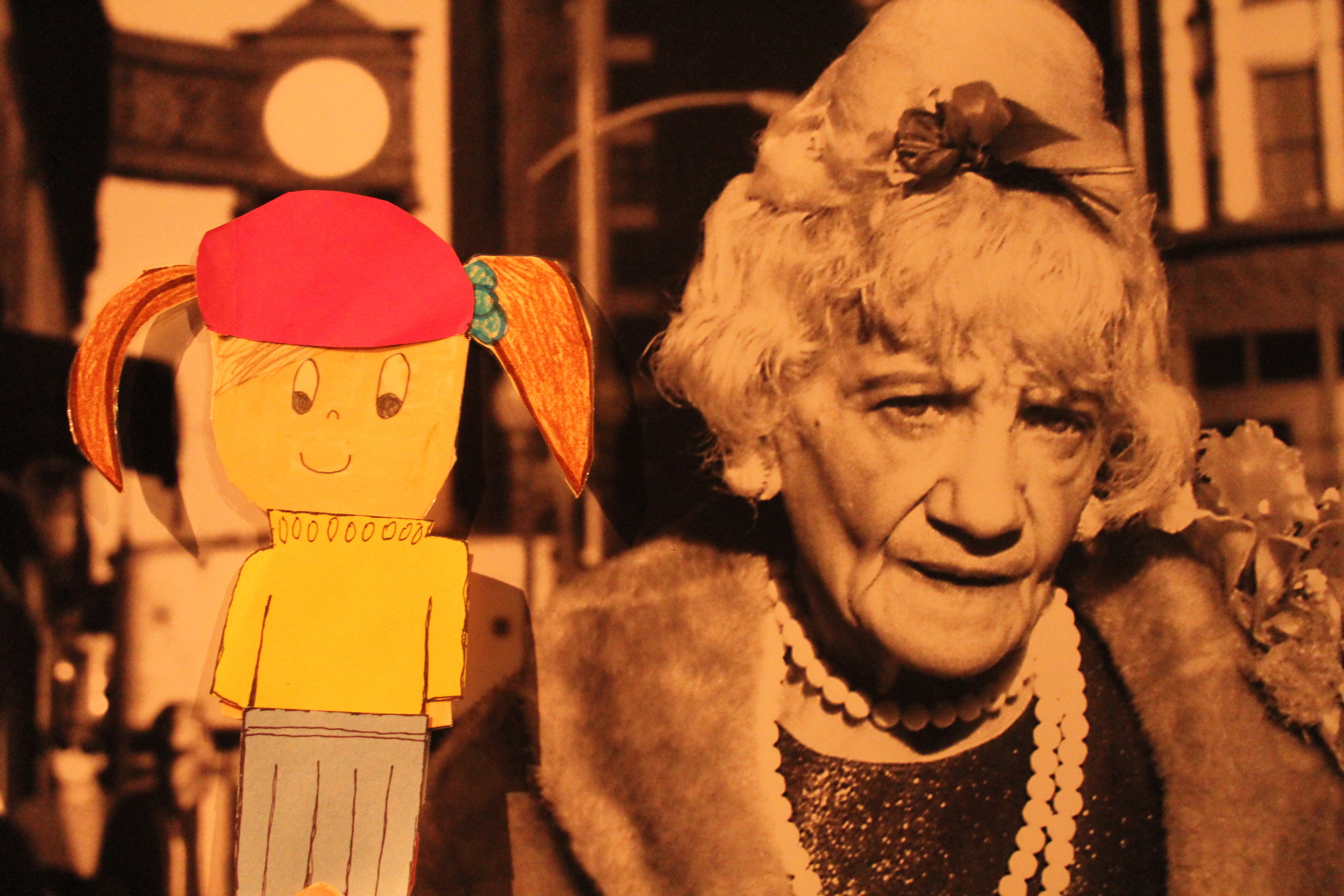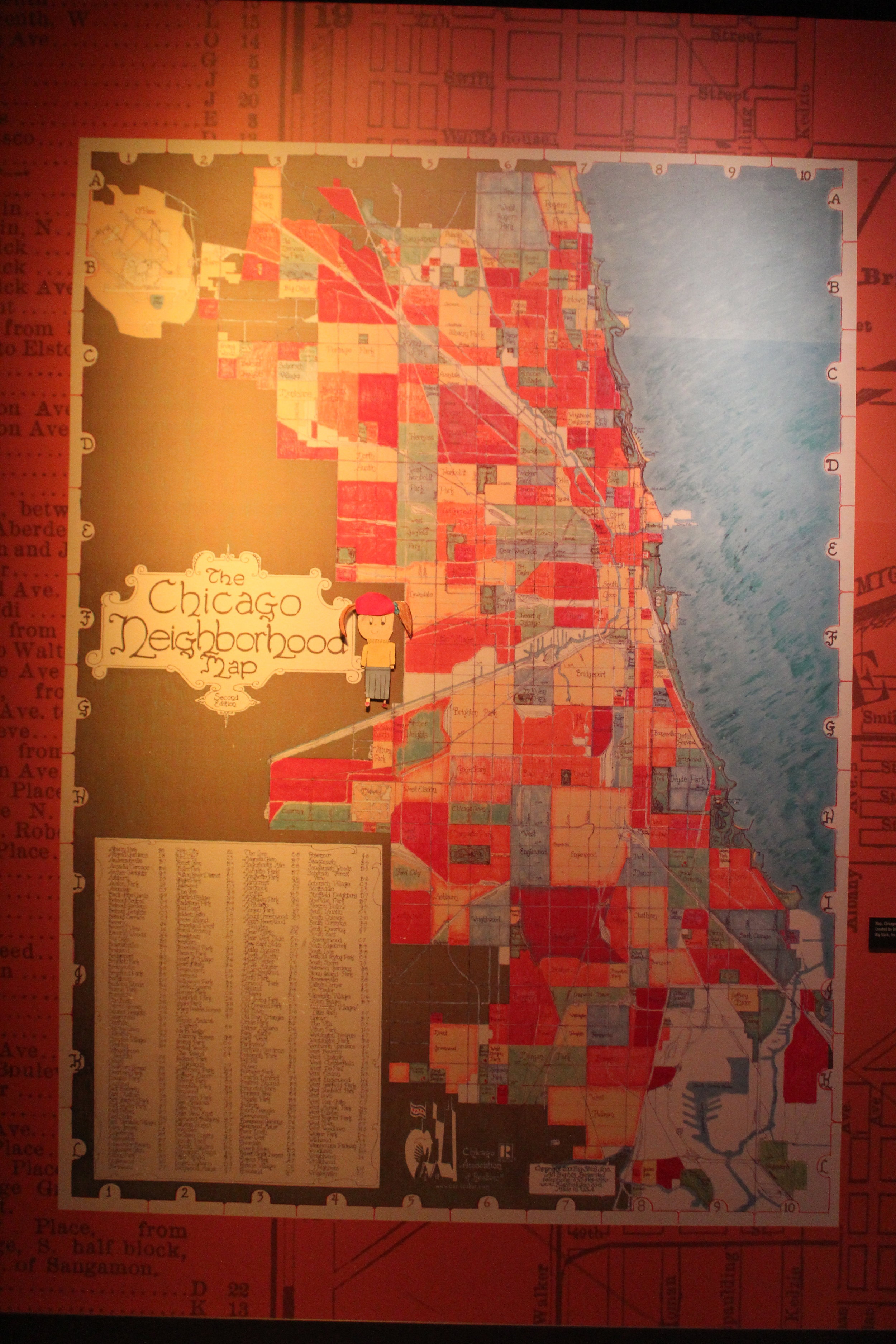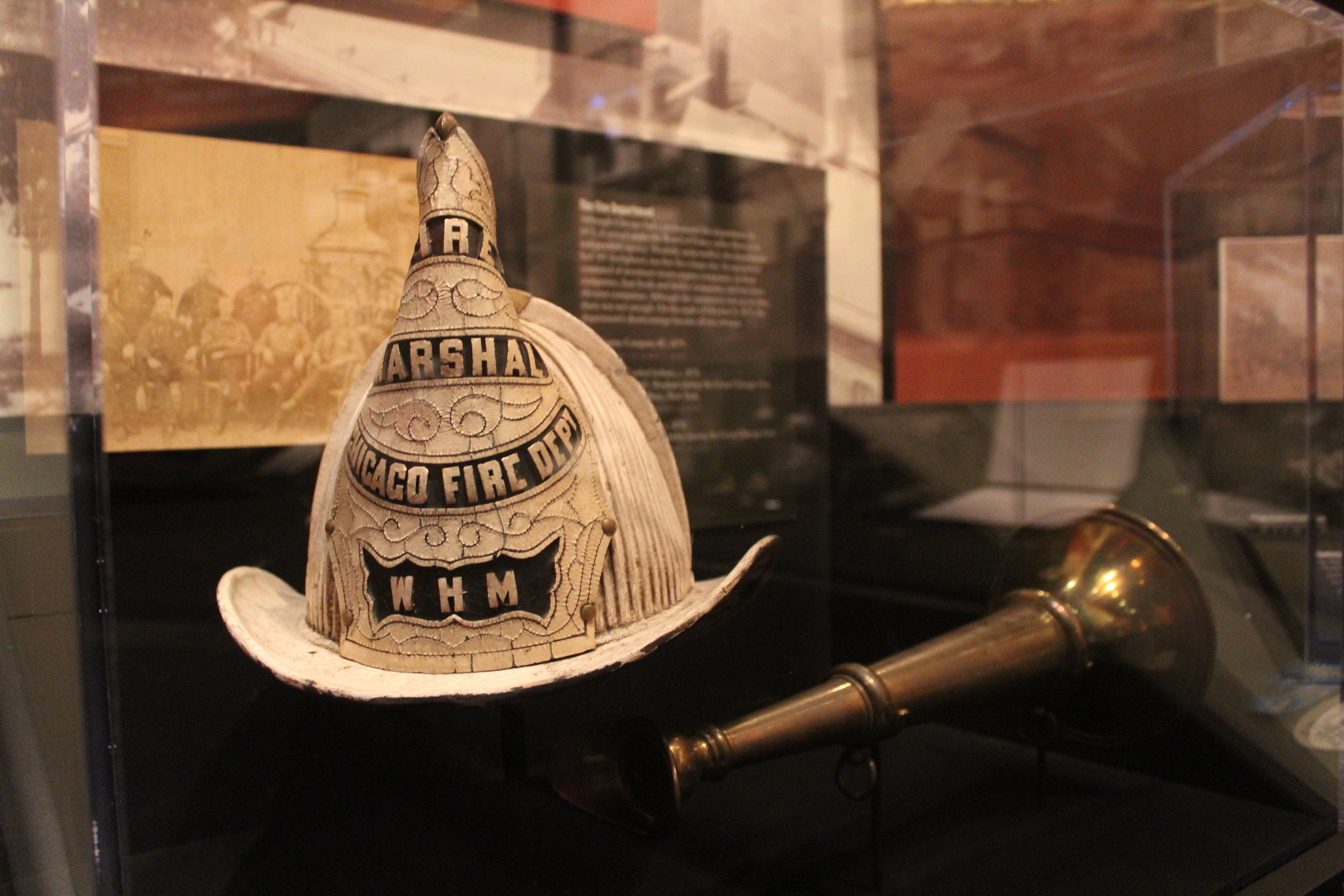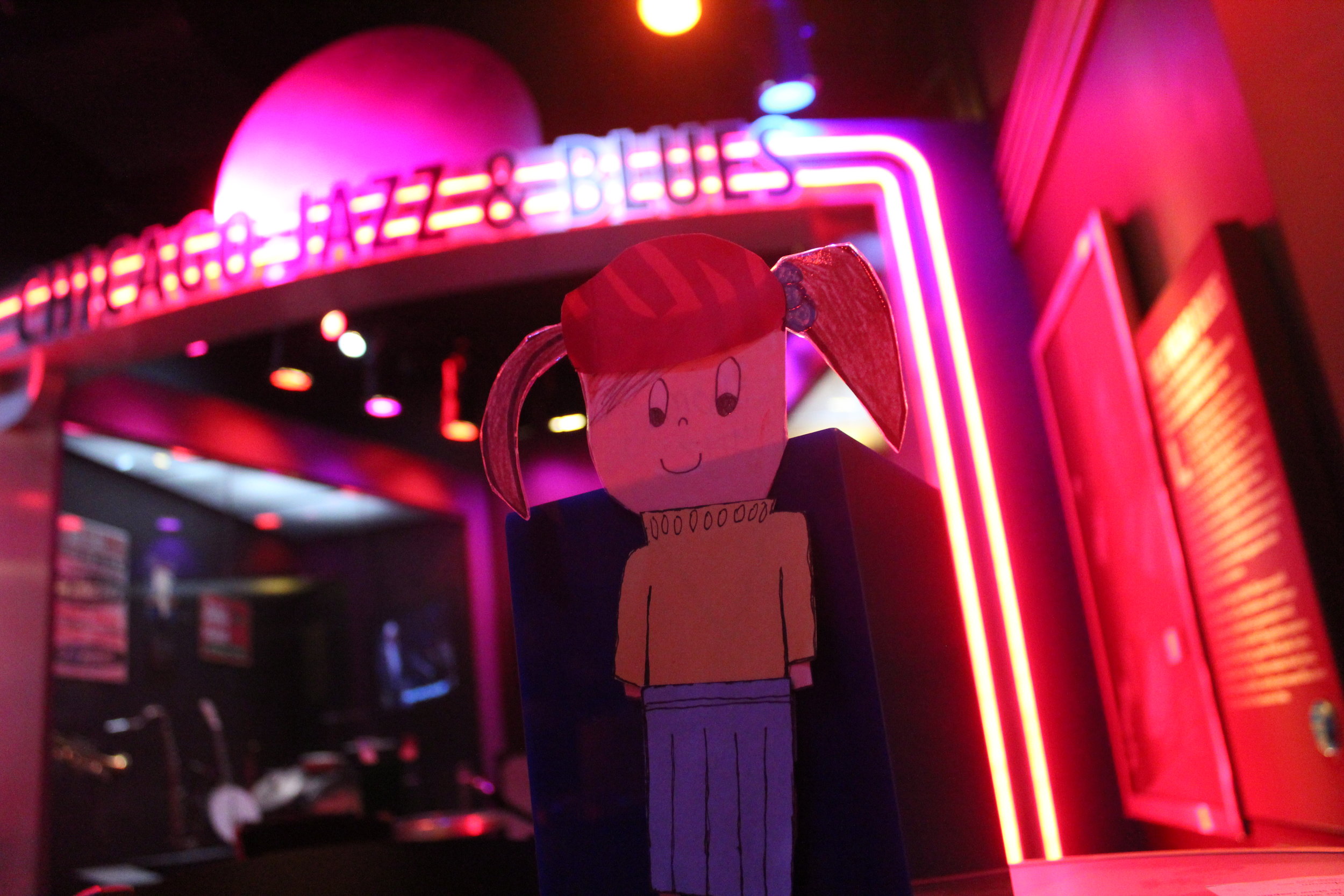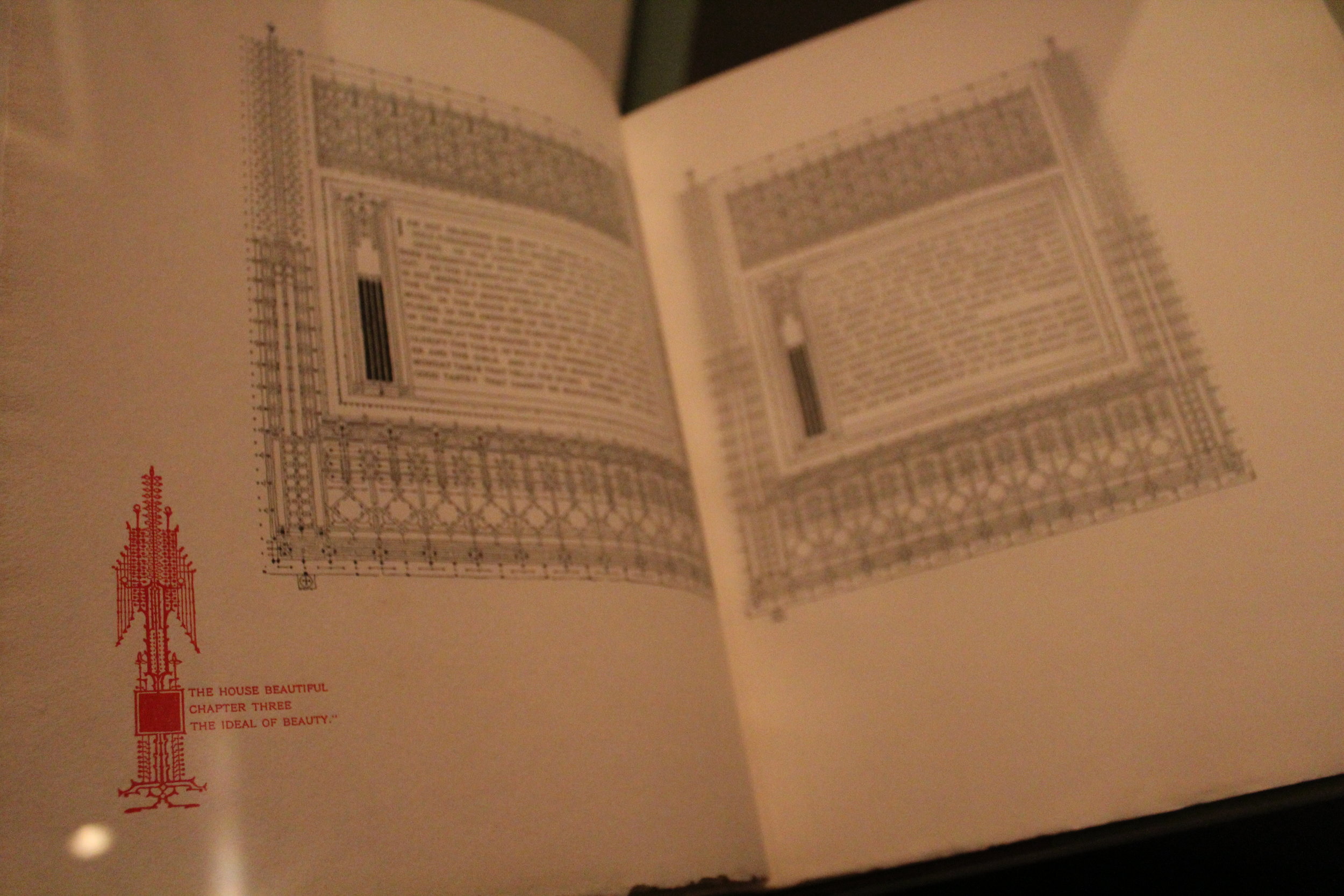Chicago History Museum with Flat Stanlina
One day, we took Flat Stanlina to the Chicago History Museum.
At the Chicago History Museum we learned many things about the city’s history. It is believed the name of the city, Chicago, came from a leek (a type of onion) that grows wild in this area that the Native Americans called Chicagou. We even smelled the onion!
We learned about the Great Chicago Fire. In October 1871, a very large, terrible fire that lasted three days destroyed much of the city. Hundreds of people even died, and hundreds of thousands of people became homeless after the fire. Stories say that a cow accidentally started the fire when it kicked over a lantern in a barn.
Actually, they don't really know what exactly started the fire. But a lot of different reasons contributed to why the fire was so big. In those days, the houses in Chicago were made of wood and were built very close together. Even the streets were paved with wood, instead of asphalt or concrete like they are today. There were few firefighters in a city as big as Chicago was. The few firefighters did not have good equipment. In the months before the fire, that summer there was a drought, meaning that it rained fewer times than in normal years. As a result, everything was very dry and burned easily.
This picture is of a diorama, or a miniature recreation of what historians believe the Great Chicago Fire looked like.
After the Great Fire, the city wanted to rebuild and show the world that Chicago would be better than ever. The World’s Fair in 1893 was a large event where visitors learned about new ideas and discoveries in science, technology, other countries and cultures. Many new buildings were constructed to house all of the different exhibitions. It lasted six months. At the time, attending the World's Fair was one of the best ways to learn.
The picture below is another diorama of what the World's Fair looked like. Many of Chicago's other famous museums are in buildings from the World's Fair like the Field Museum of Natural History, the Art Institute and the Museum of Science and Industry.
We learned that Chicago’s first public trains were created for the World’s Fair. The train brought fairgoers from the main downtown area to different parts of the fair. The History Museum had one of the old trains on display. Flat Stanlina and I pretended to take the train to the World’s Fair.
While we waited for the train, we talked to other Chicagoans at the train station about the Fair. The man standing on the right in the picture below was a steel worker who had come to work in Chicago because of the new buildings that were being constructed at the Fair. Another person we talked to was an African American activist named Ida B. Wells. (She's on the left side of the picture, standing up.) She boycotted the Fair (boycott means to protest against) because she thought the contributions of African Americans to the United States were not well represented to visitors.
Here's more pictures of what we saw, including a copy of the Emancipation Proclamation, the law that freed the slaves that was signed by President Abraham Lincoln in 1863. The paper is very old and delicate, so we weren't allowed to take pictures of it... not from close up, anyway.
If you liked reading this, you might also like
